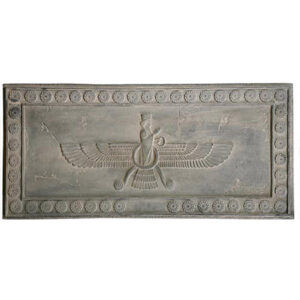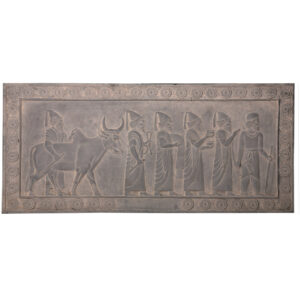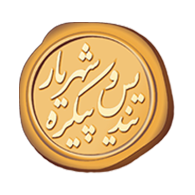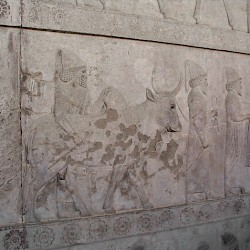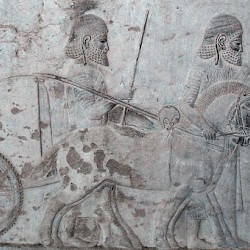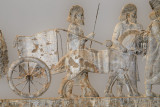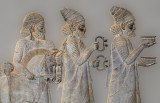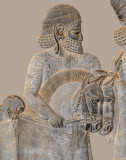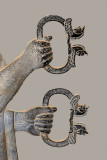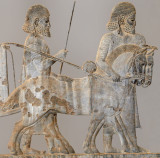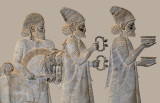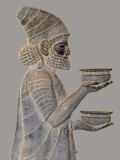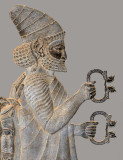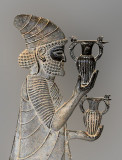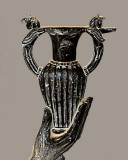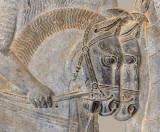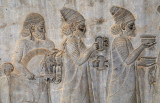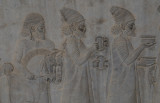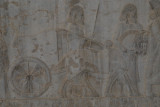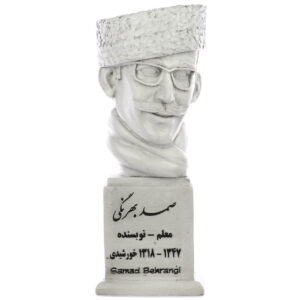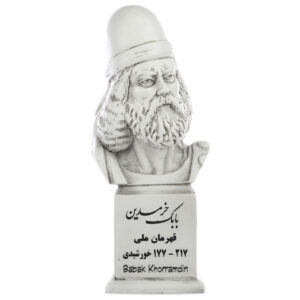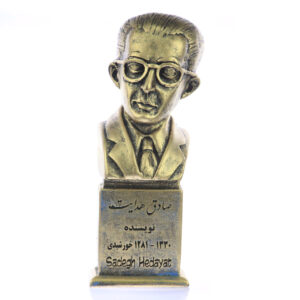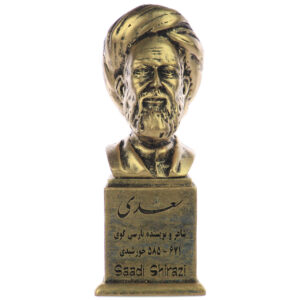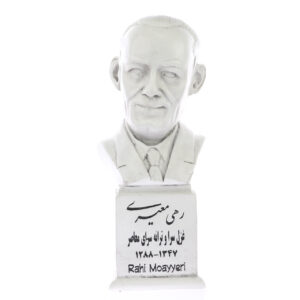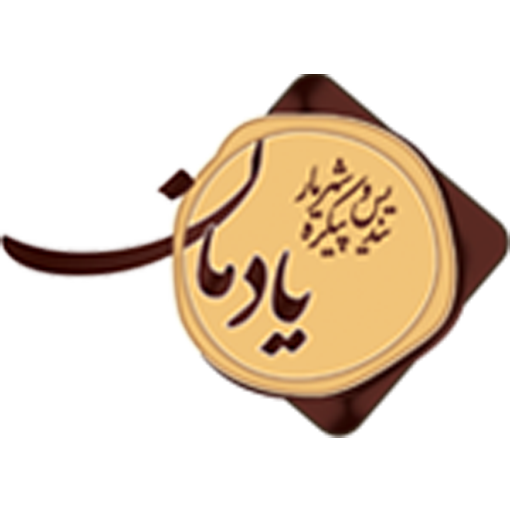Relief of Syrians or Lydians, the Apadana, Persepolis, Iran. The capital of Achaemenid Persia, Persepolis was predominantly built during the reigns of the dynasty’s founder, Darius I (522-485 BC) and his son Xerxes I (485-465 BC). One of the main, and earliest, buildings of the city was the great audience hall, the Apadana. Every year the king would receive tribute in the form of gifts from representatives of all the poples of the Achaemenid empire, which at its greatest extent stretched from Libya in the west to the Indus valley in the east. The eastern entrance to the Apadana was decorated with reliefs of the empire’s subject peoples.
Babylonians and Lydians

Below is the Babylonian embassy, wearing conical caps with odd tassels. In his Histories, the Greek researcher Herodotus of Halicarnassus tells us that Babylonia was very wealthy and paid an immense tribute – enough to pay a third of the Persian army. The Babylonians offer shallow bowls and a garment with a netted and tasseled border. The last man leads a humped bull. These are small presents, which seems to contradict the literary sources. On the other hand, the relief is a piece of art and not an account book.
The Lydian embassy is at the beginning of the lower register, suggesting the importance of their country. Their king Croesus, proverbially rich, had been defeated by Cyrus the Great in or after 547 BCE. The Lydian presents are two metal phials, two bowls, two beautifully decorated metal rings with griffins’ heads, and a chariot, drawn by two stallions. The chariot seems to be a bit too small to be used in warfare, but this may, again, be the artist’s liberty. The Lydians are dressed in long garments with horizontal stripes. They also have remarkable, conical hats that are not otherwise known. Their shoes are remarbably pointed.
The bas relief of each delegation provides valuable insight into the clothes and gifts from each region at that time.
The Lydians are 1st on the right (5th from the left), on the bottom tier of the Apadana stairway. Lydia was an ancient Iron Age kingdom located east of ancient Ionia in modern day Western Turkey (Uşak, Manisa and İzmir).
They are represented by 6 members, and bring 2 beautiful amphora with winged bull handles, bowls, armlets (with griffin ends) and a two-horsed chariot.
The original bas relief is shown with low tonal range due to the shade.
The other photographs have been digitally enhanced by blurring the background in order to reveal their otherwise hidden beauty.
I hope you find them as fascinating as I do.











 Candle Holder
Candle Holder Coasters
Coasters Jewelry Box
Jewelry Box
